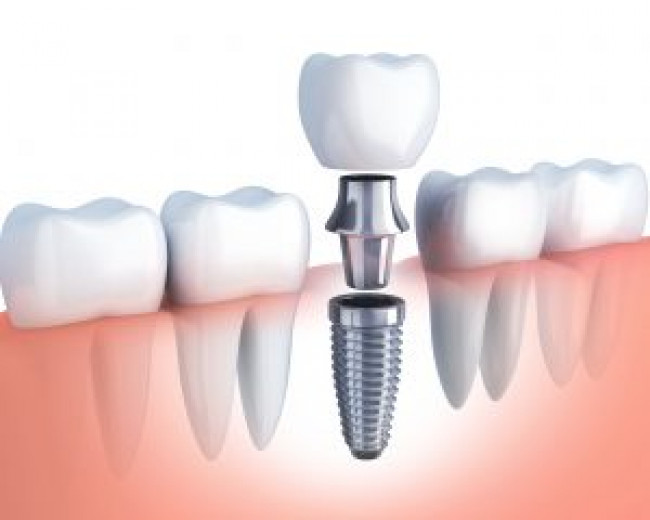Hip evaluation is a critical aspect of musculoskeletal medicine. Advancements in imaging and biomechanics have significantly impacted how hip evaluation is conducted, providing clinicians with more accurate and efficient tools for diagnosis and treatment. This article will discuss the future of hip evaluation, focusing on recent advancements in imaging and biomechanics.
Imaging
Imaging is a fundamental aspect of hip evaluation. Traditional imaging modalities, such as X-rays and MRI, have limitations in evaluating hip pathology. X-rays provide information on bone anatomy but are limited in detecting soft tissue injuries. MRI is a useful tool for soft tissue evaluation but is limited in its ability to assess bony anatomy. Additionally, both X-rays and MRI are static imaging modalities and do not provide information on dynamic hip motion.

Dynamic imaging techniques, such as dynamic MRI and fluoroscopy, have emerged as promising tools for evaluating hip pathology. Dynamic MRI allows for assessing hip motion during weight-bearing activities, providing clinicians with a better understanding of the mechanics of hip pathology. Fluoroscopy is a real-time imaging technique that allows clinicians to evaluate hip motion during dynamic activities, such as walking and squatting.
Advancements in imaging technology have also led to the development of 3D imaging techniques, such as CT scans and 3D ultrasound. These imaging modalities provide clinicians with a more detailed understanding of the anatomy and mechanics of hip pathology. For example, 3D ultrasound allows for visualizing soft tissue structures, such as tendons and ligaments, which are not well visualized with traditional ultrasound.
Biomechanics
Biomechanics is the study of the mechanical properties of living organisms. The study of hip biomechanics has significantly impacted how hip evaluation is conducted. Advancements in biomechanics have led to the development of new diagnostic and treatment techniques for hip pathology.
One area of biomechanics that has seen significant advancements in hip evaluation is gait analysis. Gait analysis involves the measurement of the motion of the body during walking. Formal gait analysis involves using cameras and sensors to capture motion data. However, recent advancements in sensor technology have led to the development of wearable sensors that can capture motion data during everyday activities, such as walking and climbing stairs.
Wearable sensors provide clinicians with a more accurate and efficient way to evaluate hip pathology. By capturing motion data during everyday activities, clinicians can assess the mechanics of hip pathology in real-life situations. This information can be used to develop personalized treatment plans for patients with hip pathology.
Another area of biomechanics that has seen significant advancements in hip evaluation is biomechanical modelling. Biomechanical modelling involves the use of computer simulations to study the mechanical properties of the hip joint. This technology allows clinicians to evaluate the mechanics of hip pathology in a virtual environment, providing a better understanding of the underlying mechanisms of hip pathology.
Biomechanical modelling is also useful for developing new treatment techniques for hip pathology. For example, hip arthroscopy is a surgical technique involving small incisions and a camera to evaluate and treat hip pathology. Biomechanical modelling can be used to develop new surgical techniques and instrumentation to improve hip arthroscopy outcomes.
Summary:
Advances in imaging technology and biomechanics are shaping the future of hip evaluation, revolutionizing the way hip conditions are diagnosed and treated. This article explores the exciting developments in these fields and how they are enhancing the accuracy, efficiency, and effectiveness of hip evaluation.
Imaging technology, such as magnetic resonance imaging (MRI), has undergone significant advancements, providing detailed and high-resolution images of the hip joint. These imaging techniques allow healthcare professionals to visualize the structures of the hip, including bones, cartilage, ligaments, and muscles, with exceptional clarity. By obtaining precise anatomical information, clinicians can diagnose various hip conditions, such as osteoarthritis, labral tears, femoroacetabular impingement (FAI), and hip dysplasia, more accurately.
In addition to imaging, biomechanics plays a crucial role in understanding the function and movement of the hip joint. Biomechanical analysis utilizes advanced motion capture systems, force plates, and wearable sensors to capture and analyze the kinematics and kinetics of hip joint motion. This enables researchers and clinicians to evaluate gait patterns, joint range of motion, muscle activity, and joint loading during various activities. By combining biomechanical data with imaging findings, a comprehensive understanding of hip function and potential abnormalities can be achieved.
The integration of imaging and biomechanics has the potential to enhance hip evaluation in several ways. Firstly, it enables early detection and diagnosis of hip conditions, allowing for timely interventions and better treatment outcomes. With detailed imaging and biomechanical analysis, clinicians can identify subtle abnormalities, assess joint mechanics, and tailor treatment plans accordingly. This personalized approach improves patient care and helps prevent the progression of hip disorders.
Furthermore, advancements in imaging and biomechanics support the development of minimally invasive surgical techniques for hip conditions. Precise imaging allows surgeons to plan and perform interventions with greater accuracy and efficiency. Biomechanical analysis aids in the evaluation of joint function before and after surgery, providing valuable insights into surgical outcomes and guiding postoperative rehabilitation strategies.
The future of hip evaluation also holds the promise of artificial intelligence (AI) and machine learning. These technologies can analyze large datasets of imaging and biomechanical information, assisting in the diagnosis, prognosis, and treatment decision-making processes. AI algorithms can identify patterns, predict outcomes, and contribute to personalized treatment recommendations, optimizing patient care.
In conclusion, the future of hip evaluation is characterized by remarkable advancements in imaging and biomechanics. These developments offer unprecedented insights into the structure, function, and mechanics of the hip joint. By combining detailed imaging with sophisticated biomechanical analysis, healthcare professionals can diagnose hip conditions more accurately, guide surgical interventions, and tailor rehabilitation protocols. As technology continues to evolve, the integration of imaging, biomechanics, and artificial intelligence holds great potential for further improving hip evaluation and advancing patient care in the years to come.
Conclusion
Advancements in imaging and biomechanics have significantly impacted how hip evaluation is conducted. Dynamic imaging techniques, such as dynamic MRI and fluoroscopy, provide clinicians with a better understanding of the mechanics of hip pathology. 3D imaging techniques, such as CT scans and 3D ultrasound, provide clinicians with a more detailed understanding of the anatomy and mechanics of hip pathology.
Advancements in wearable sensor technology have led to a more accurate and efficient way to evaluate hip pathology. Biomechanical modelling has provided clinicians with a better understanding of the underlying mechanisms of hip pathology.















